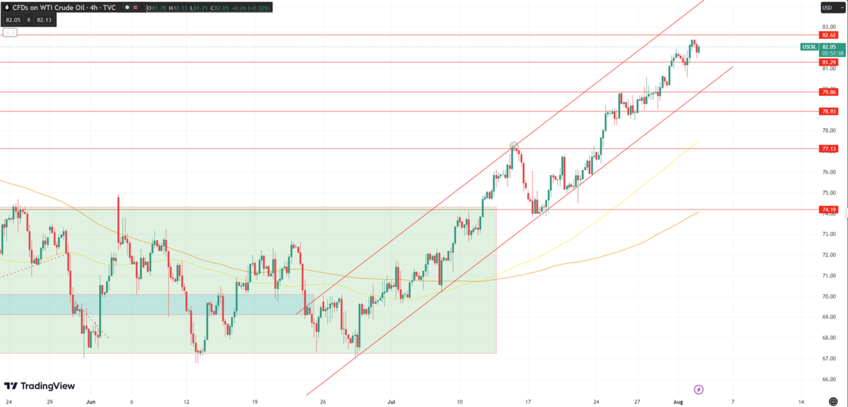Pre Open US - US Oil 2 Aug 2023
OPEC's oil production has decreased due to voluntary cuts by Saudi Arabia and the suspension of crude oil loadings at Nigeria's Forcados terminal due to a leak risk. In July, the group pumped 840,000 barrels per day less than in June, leading to a rise in oil prices, with Brent reaching $85 per barrel and WTI approaching $82 per barrel.
The main concerns now are how high oil prices will rise before OPEC starts rolling back the cuts and whether they can increase production quickly if needed. Saudi Arabia needs oil prices at $90 per barrel to support its ambitious public spending plans under the Vision 2030 diversification program. However, if prices climb too high, it could dampen demand and have adverse effects.
Nigeria, Angola, and Libya have struggled to meet their OPEC quotas, while U.S. shale production growth has slowed down.
China's strong oil demand further supports the market, with imports at near-record levels and rising oil storage.
The decision on how long Saudi Arabia will maintain its voluntary cuts will significantly impact the oil market. Meanwhile, Russia is drilling for oil at record levels, potentially providing additional supply to temper prices.
Technically, the price of WTI continues its bullish momentum, and the long-term trend remains positive. The next challenge will be breaking the historical resistance level at $82.60 in December 2022.

